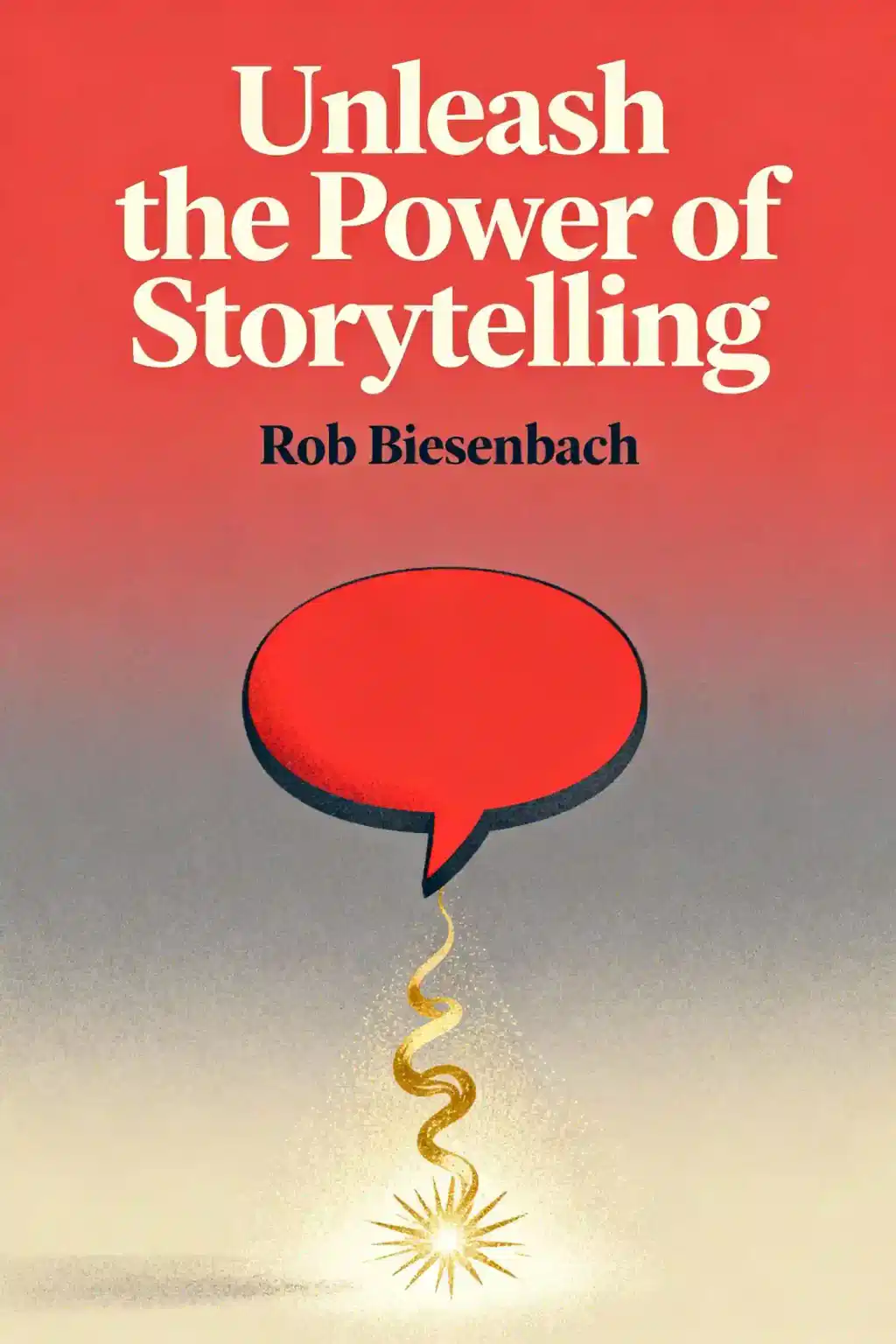What is
Storyworthy by Matthew Dicks about?
Storyworthy by Matthew Dicks is a practical guide to crafting compelling narratives, focusing on relatable, everyday moments rather than grand events. The book teaches how to structure stories using techniques like the "Five-Second Moment" and "Homework for Life," emphasizing emotional resonance and audience engagement. Dicks argues that storytelling is a learnable skill for personal growth, professional communication, and deeper human connection.
Who should read
Storyworthy?
This book is ideal for professionals (speakers, marketers, leaders), writers, educators, and anyone seeking to improve communication skills. It’s particularly valuable for those wanting to transform mundane experiences into memorable stories for presentations, sales pitches, or social interactions. Dicks’ methods also benefit therapists, parents, and individuals aiming to document life experiences meaningfully.
Is
Storyworthy worth reading?
Yes—Storyworthy provides actionable frameworks like the "Three-Beat Story Structure" and "Crash and Burn" writing exercises. Reviewers praise its blend of personal anecdotes and tactical advice, though some note Dicks’ frequent self-references. Its universal approach makes it useful for both novice storytellers and seasoned speakers seeking fresh techniques.
What is the "Homework for Life" method in
Storyworthy?
A daily practice where you identify one storyworthy moment from your day—a small, emotionally charged interaction or realization. Dicks suggests writing a single sentence about it to build a repository of authentic storytelling material. This cultivates awareness of life’s narrative potential and combats the myth that stories require extraordinary events.
How does
Storyworthy help with business storytelling?
Dicks emphasizes storytelling as a tool for persuasion and trust-building in professional settings. The book teaches how to:
- Start stories at their conclusion to hook audiences
- Use vulnerability to humanize brands
- Reframe mundane data into relatable narratives
Case studies show its strategies improve sales pitches, team communications, and leadership messaging.
What are the main criticisms of
Storyworthy?
Some readers find Dicks overly confident in his methods, dismissing alternative approaches. Critics argue the book’s focus on personal anecdotes may not fully translate to corporate or technical storytelling contexts. A minority note repetitive examples, though most agree the core techniques remain valuable.
How does
Storyworthy compare to
The Moth Presents: All These Wonders?
While both books celebrate personal storytelling, Storyworthy focuses on creating narratives (templates, daily exercises), whereas The Moth anthologizes existing stories. Dicks provides a how-to manual; The Moth offers inspiration through curated tales. They complement each other for skill development and creative stimulation.
What is the "Five-Second Moment" in
Storyworthy?
The emotional core of a story—a brief instant where change occurs. Dicks teaches writers to identify this pivotal moment (e.g., a realization, decision, or confrontation) and structure narratives around it. Examples include a father’s silent reaction to a child’s lie or a barista’s offhand comment that shifts someone’s perspective.
Can
Storyworthy help with social anxiety?
Indirectly—by providing scripts for conversations and reframing anxiety-inducing situations as story material. Dicks’ “First Last Best Worst” icebreaker technique helps initiate interactions, while storytelling practice builds confidence in self-expression. Readers report improved comfort in dates, interviews, and networking events.
What are the best quotes from
Storyworthy?
- “Your life is not about the big moments. It’s about the small ones that big moments make visible.”
- “Stories must travel. They need motion from start to finish.”
- “Vulnerability isn’t weakness—it’s the ultimate hook.”
These emphasize finding depth in daily experiences and prioritizing emotional honesty over perfection.
How does Matthew Dicks define a "storyworthy" moment?
Any authentic experience that reveals character, sparks emotion, or illustrates growth—no matter how small. Examples from the book include forgetting a lunchbox, awkward elevator encounters, or childhood secrets. Dicks argues these “ordinary” moments resonate more than tales of disaster or fame.
Does
Storyworthy include public speaking tips?
Yes—specific advice includes:
- Practicing stories while driving or showering
- Using strategic pauses to emphasize key points
- Maintaining eye contact by focusing on one person at a time
Dicks also addresses overcoming nervousness through preparation and reframing anxiety as excitement.
How long does it take to see results from
Storyworthy’s methods?
Readers report noticeable improvements in 2-4 weeks using daily exercises like Homework for Life. Corporate workshop data cited in the book shows employees demonstrate clearer storytelling within 3 sessions. Mastery requires ongoing practice, but initial wins build momentum.














